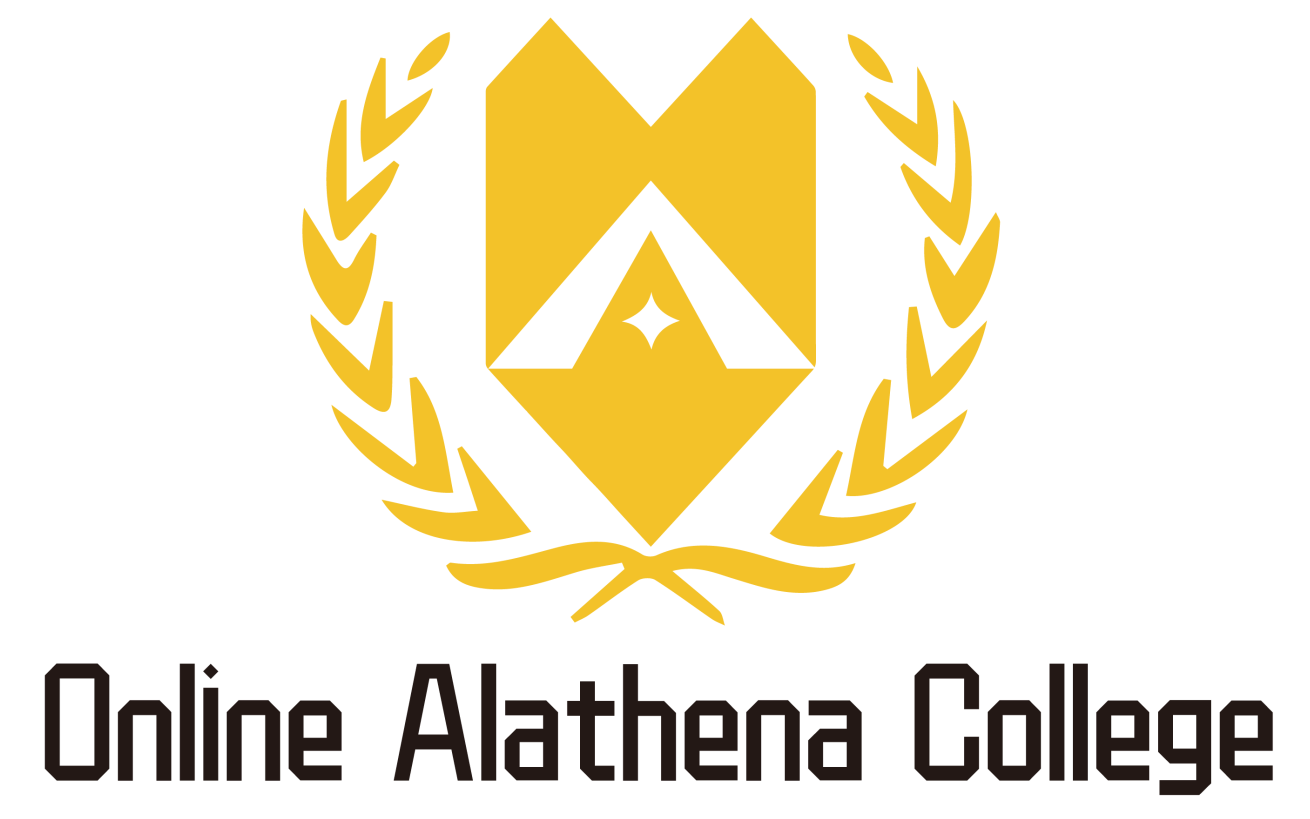CGW4U
World Issues: A Geographic Analysis, Grade 12, University Preparation
-
Course code: CGW4U
-
Level: Grade 12
-
Credit Value: 1.0
-
Study time: 110 hours
-
Prerequisite: Any Grade 11 or 12 university (U) or university/college (M) preparation course in Social Sciences and Humanities, English, or Canadian and World Studies.
-
Curriculum Policy: Canadian and World Studies, The Ontario Curriculum, Grades 11 and 12, 2015 (Revised)
Course Description
In this course, students will address the challenge of creating a more sustainable and equitable world. They will explore issues involving a wide range of topics, including economic disparities, threats to the environment, globalization, human rights, and quality of life, and will analyze government policies, international agreements, and individual responsibilities relating to them. Students will apply the concepts of geographic thinking and the geographic inquiry process, including the use of spatial technologies, to investigate these complex issues and their impacts on natural and human communities around the world.
What is Geography?
In this unit, students will become familiarized with terms used for geographic analysis, develop a basic understanding of the world map and map projections, and learn about statistical analysis. Instead of learning about world issues in detail, students will be exposed to and develop a basic understanding of several world issues.
Disparities and Inequalities
In this unit students will look at different issues that are characterized by inequalities between countries and within countries. Students will first learn about geographic disparities in accessing natural resources, wealth disparities between nations, and the effects of migration at the national and global scales. Also will introduce tools for population analysis such as statistical indicators to better investigate disparities.
Sustainability and Stewardship
This unit will introduce the many levels of strategies for sustainable development including international bodies and agreements, government policies, as well as the effects of activists and individuals. Students will also learn about how population growth affects sustainability and also about our common resources. By the end of the unit, the student will have a better understanding of their role and the role of policy in creating a sustainable world, and also will have learned statistical tools and concepts to measure sustainable development.
Globalization
In this unit, students will be introduced to the concepts of economic, social, and cultural globalization. At the start of the unit, students will define and understand the causes of globalization, and then will investigate how trade agreements and immigration affect the interdependence and wellbeing of countries. The remainder of the unit will be dedicated to learning about strategies to manage the effects of globalization as well as other effects of globalization.
Social Change
The final unit will look at the various ways that our society is changing as a result of geographic issues. The first component will investigate how the leadership of individuals, nongovernmental organization, intergovernmental organizations, and governments manage social change. The unit will also look at the impacts of social change management, and will introduce other issues that continue to affect people across the globe. Special emphasis will be placed on overpopulation, human rights, food security, and healthcare.
Overall Curriculum Expectations
A. Geographic Inquiry and Skill Development
- A1. Geographic Inquiry: use the geographic inquiry process and the concepts of geographic thinking when investigating world issues;
- A2. Developing Transferable Skills: apply in everyday contexts skills, including spatial skills, developed through geographical investigation, and identify careers in which a background in geography might be an asset
B. Spatial Organization: Relationships and Disparities
- B1. Natural Resource Disparities: analyze relationships between quality of life and access to natural resources for various countries and regions;
- B2. Population Disparities: analyze relationships between demographic and political factors and quality of life for various countries and regions;
- B3. Classifying Regions of the world: explain how various characteristics are used to classify the world into regions or other groupings
C. Sustainability and Stewardship
- C1. Strategies and Initiatives: analyze strategies and initiatives that support environmental stewardship in a national and global level, and assess their effectiveness in promoting the sustainability of the natural environment;
- C2. Population growth: assess the impact of population growth on the sustainability of natural systems;
- C3. Caring for the Commons: analyze issues relating to the use and management of common-pool resources.
D. Interaction and Interdependence: Globalization
- D1. Trade and Immigration: analyze the influence of trade agreements and immigration policies on global interdependence;
- D2. Impacts and Management: analyze issues relating to national and global impacts of globalization from a geographic perspective, and assess responsibilities and approaches for managing these issues;
- D3. Characteristics and Driving Forces: describe the major characteristics of globalization, and analyze factors that are driving the globalization process.
E: Social Change and Quality of Life
- E1. Leadership and Policy: analyze the influence of governments, groups, and individuals on the promotion and management of social change;
- E2. Agents of Change: analyze impacts of selected agents of change on society and quality of life;
- E3. Continuing Challenges: analyze issues relating to human rights, food security, health care, and other challenges to the quality of life of the world's population

